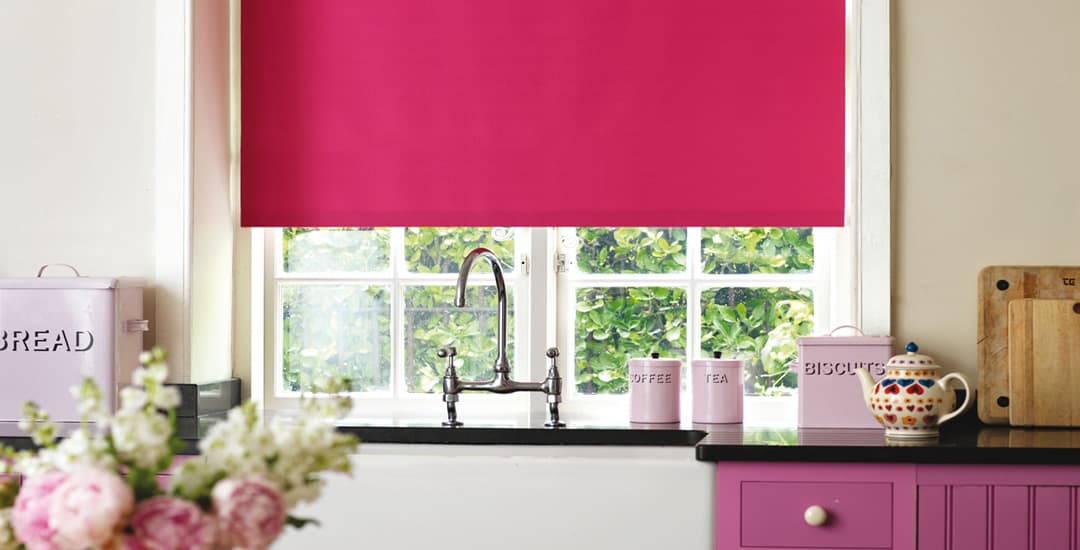
“What are blackout blinds” might seem like one of the most Midvale School for the Gifted questions of all times; but bear with me. In simple terms, blackout blinds are blinds that are designed to block out virtually all light hitting them from outside.
That said, there are a number of common misapprehensions people make about blackout blinds, as well as lesser-known facts about both their advantages and limitations, and even what type of rooms they’re good for.
If you’re looking for blackout blinds for sale and aren’t sure what to consider or choose, of if you’re getting confused because blackout blinds aren’t even apparently a specific style of blinds in the first place, I’m going to save you a lot of time in this blog post.
Read on to learn a bit more about blackout blinds and what they do.
1. Blackout blinds are not a specific style of window blinds…
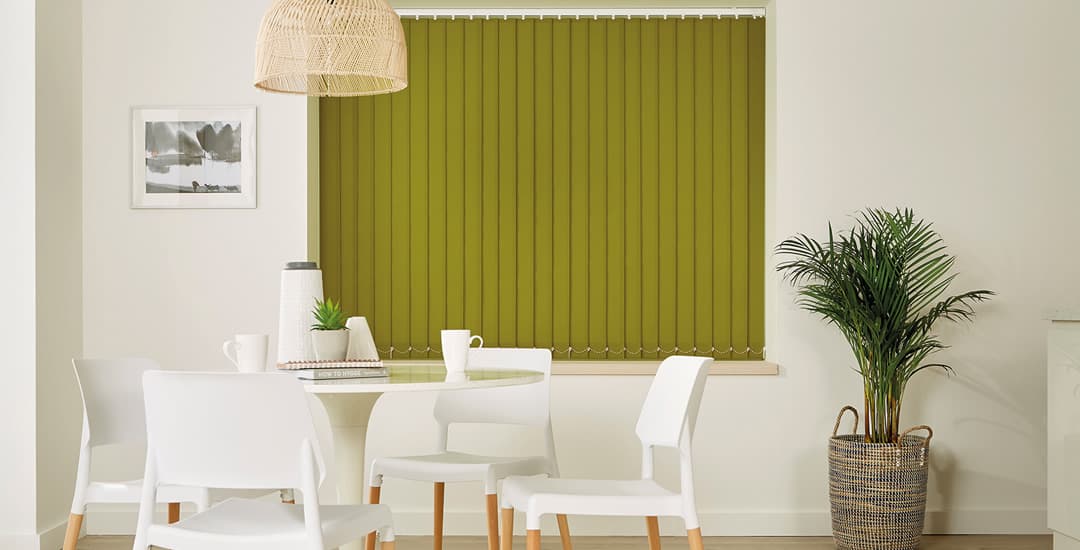
…They refer to blinds made from blackout fabrics.
We tend to think of blinds in terms of their styles; vertical blinds (made of vertical slats) roller blinds (that roll up around a tube) and Venetian blinds, which are the type made of horizontal slats made of materials ranging from aluminium to wood and faux-wood.
If you stuck the search term “buy blackout blinds” or something similar into Google then, you probably found that the image results that came up involved more or less every blind style you could think of, and wondered what you were doing wrong. This is because blackout blinds are not a style of blinds, in the same way your verticals, Venetians and rollers etc., are.
We use the term “blackout blinds” to refer to blinds (of any type) that are made with the intention of fully blocking external light; which means simply, blinds made with blackout fabrics. This means that roller blinds can be blackout blinds (and are perhaps the actual blind style that most people think of when they think of blackout blinds) as can Roman blinds and vertical blinds too.
It just means that the blinds themselves were made with (and sometimes, lined with) a blackout fabric. Venetian blinds (of the aluminium, wood, and faux-wood varieties alike) are not strictly “blackout blinds” as they’re not made of or lined with blackout fabric, but depending on how they are installed, will generally block most external light when fully closed, depending on how they are fitted. Bringing us neatly onto point two….
2. Blackout blinds won’t necessarily block out 100% of external light…
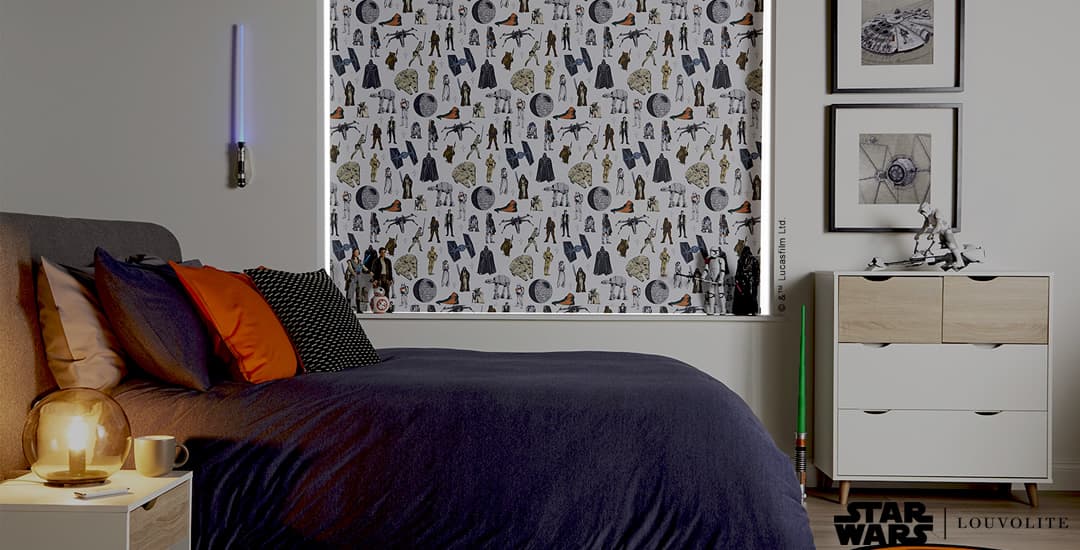
…But the fabric they are made of should be virtually light-proof.
When we talk about blackout blinds and their ability to fully block external light, there are two elements to this. The first is the fabric used to make the blind into a blackout blind. This fabric should be able to block the very brightest of sunlight; anything lower down the scale than a nearby nuclear event should not make its way through the blackout fabric onto your sleeping eyelids.
The other factor that dictates how effective a blackout blind is, and the one that blinds novices often overlook to their detriment, is how you fit and hang the blind.
If you fit a blackout blind inside of the window recess, you’re almost certainly going to get a level (albeit a very low one) of light leakage around the sides of the blind (see above image). Fitting the blind outside of/in front of the window recess will reduce this, particularly if the blind itself 10cm wider and longer than the window to prevent light escaping around the edges.
Ultimately, the only way to positively definitively guarantee that a blackout blind lets in near 0% of the external light (which might be vital if for instance you were using them in a photographer’s dark room or a vampire’s bedroom) is to hang a blackout blind inside of the window recess, with blackout curtains over the outside of the window recess too as a second line of defence.
Or, you know, just brick up the whole window and call it good.
3. Blackout blinds are not just for bedrooms…
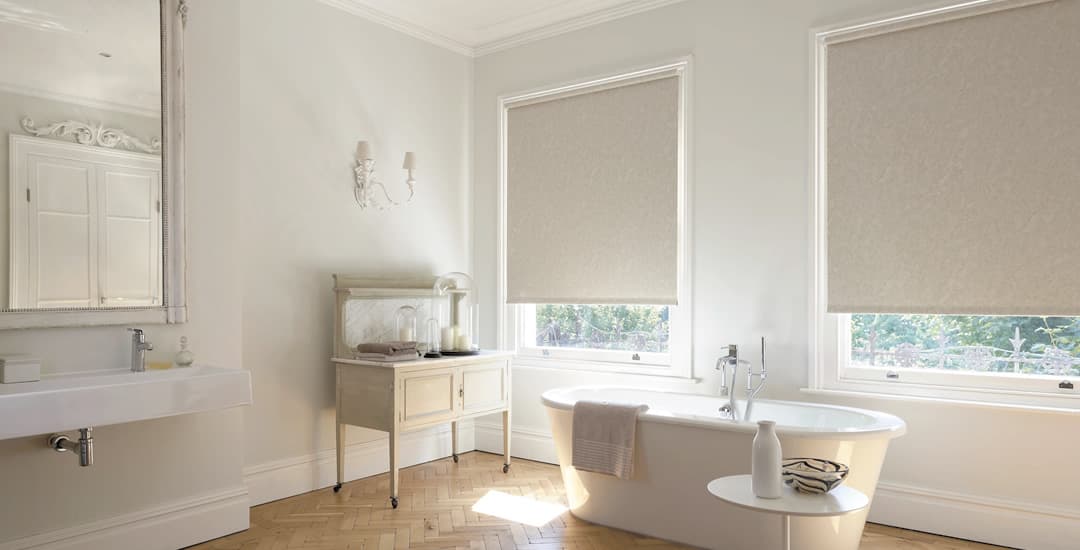
…They are surprisingly popular blinds for home offices too, just for starters.
Blackout blinds for bedrooms are obviously the most common, but the potential applications of blackout blinds don’t start and end with “sleep.” There are actually a whole range of reasons why you might choose blackout blinds for rooms other than the bedroom, and over the last year, something we’ve seen a big increase in is people who want to buy blackout blinds for a home office.
Being able to turn a room fully dark is handy if you need to get rid of glare for a Zoom call (or perhaps convince your boss that your camera is on the blink for a Zoom call too) and for a fairly broad range of other computing and work-related applications too.
Blackout blinds for glazed front doors are another popular but potentially not immediately obvious choice. This is because blackout blinds not only stop light from getting in, but also (depending on how they’re fitted once more) stop light from getting out.
This means that fitting a blackout blind to a glazed door can stop people outside from seeing if you’ve got internal lights on and particularly if there’s movement behind the door, keeping them guessing as to whether you’re in or out, and making it somewhat easier to pretend the latter if your caller is someone you’d rather not deal with.
PVC blackout blinds for bathroom windows are popular too, for the same reason.
4. Blackout blinds can actually reduce your energy bills…
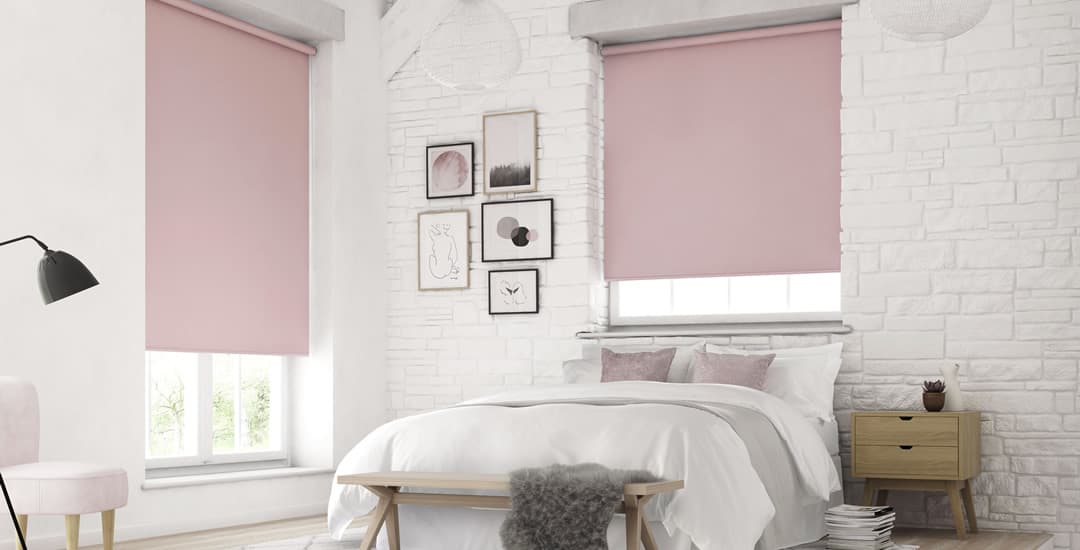
…By preventing heat loss from windows and blocking drafts.
Blackout blind fabrics are thick and sturdy; and not always actually black in colour, for that matter. A fully closed blackout blind acts as an insulator and will not only block light but also drafts to some degree, and help to stop heat escaping from the window. This is particularly effective if your blackout blinds are fitted within the window recess rather than over the front of it. (We recommend fitting blackout blinds within the window recess itself for aesthetic purposes, but if you need to reduce the amount of light entering through the windows as much as possible, we recommended fitting them outside the window recess).
Also, if you really want to level up your blackout blinds, choose ones with thermally efficient blackout linings or coatings; these are designed not just to block light, but also to do the absolute maximum when it comes to keeping your central heating inside of the room instead of out of it.
This can help to cut your heating bills (by enough to return the outlay cost of your blinds themselves fairly promptly if your windows are particularly terrible) and helps to reduce your carbon footprint too, making thermally efficient blackout blinds pretty eco-friendly.
5. Blackout blinds come in all of the same colour, pattern, and design options as regular blinds…
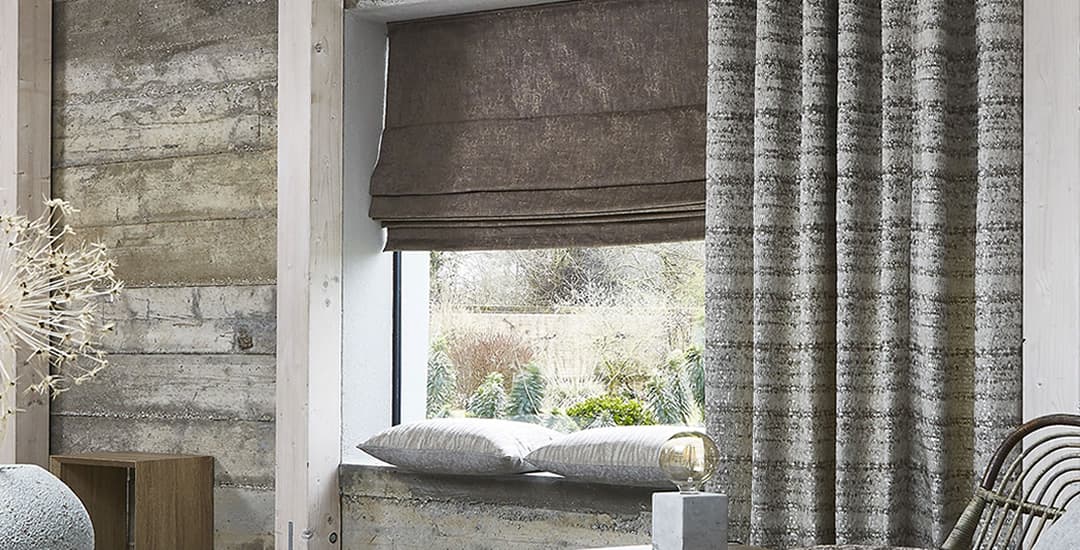
…So you don’t have to compromise on style.
Harking back to my first point here, blackout blinds are not a “style” of blinds; they’re an add-on or enhancement to a regular blind. This means that whatever your options were in the first place for that type of blind in terms of available colours, patterns, styles, or materials, it will most likely be available as a blackout blind.
This is worth noting as many people think a blackout blind is not just a style, but also a fairly narrow or limiting one, perhaps even meaning that the visible part of the blind itself is black or at least, has to be dark in colour. Blackout linings and coatings on the back of the fabric can actually be white; but this is sort of beside the point as you don’t see the lining or the back of the fabric, just the effect it achieves.
Roman blinds, roller blinds, and vertical blinds are all available as blackout blinds, in many of the same choices and style options as non-blackout versions.




